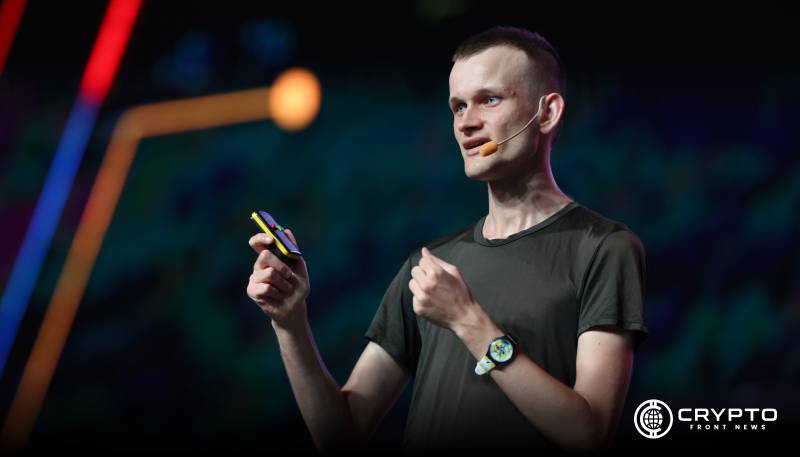- Vitalik Buterin continues to push for a higher Ethereum Layer-1 gas limit, advocating for long-term scalability alongside Layer-2 solutions.
- Buterin emphasizes the importance of maintaining censorship resistance in Ethereum, ensuring timely transaction inclusion despite rising L2 adoption.
- The upcoming Pectra upgrade will enhance Layer-2 network capacity, supporting Ethereum’s growing scalability needs in the future.
Vitalik Buterin, co-founder of Ethereum, has continued his push for increasing the Layer-1 (L1) gas limit to accommodate future network needs. Despite Ethereum’s recent boost of 20% in capacity, following the L1 gas limit rise from 30 million to 36 million, Buterin remains an advocate for further scaling. He asserts that, even in a future dominated by Layer-2 (L2) rollups, L1 scalability remains essential for Ethereum’s long-term success.
The Importance of L1 Scaling in a Rollup-Centric Future
Buterin’s argument revolves around the importance of keeping L1 viable, despite most applications shifting to L2 solutions. He stresses that L1 scalability should grow by around 10 times over the long term, even though many operations may move off-chain. Buterin believes that maintaining L1’s scalability is necessary to preserve Ethereum’s core values and functionality, even with a rollup-centric ecosystem.
The main worry Buterin has about Ethereum scalability involves retaining censorship immunity. According to Buterin blockchain resists censorship power because it helps stop severe results like market panic-induced liquidations. According to Buterin users should receive instant transaction processing services if they can pay L1 fees. The transaction submission capability of L2 platforms Arbitrum and Optimism relies on money-saving L1 gas fees through their built-in L1 accessing mechanisms.
A Focus on Cost-effective Transaction Inclusion
Buterin proposes that scaling L1 to four or 4.5 times its current capacity will help maintain affordable transaction fees, allowing the system to function efficiently even during times of high demand. The ability to include transactions swiftly, even in the event of L2 congestion or censorship, is a critical component of Ethereum’s future. His vision suggests that Ethereum should adapt to the growing needs of the network while ensuring that users have access to a seamless experience.
The upcoming Pectra upgrade will focus on boosting Layer-2 capacity, with an increase in the blob target from three to six. This upgrade aims to double the throughput of L2 networks, providing more room for scaling solutions shortly. Developers conduct tests of Ethereum’s upgrade on the Holesky and Sepolia testnets before the mainnet release in April 2025. The platform improvements will allow for Ethereum’s sustainable expansion because demand for scalable solutions is expected to grow.





